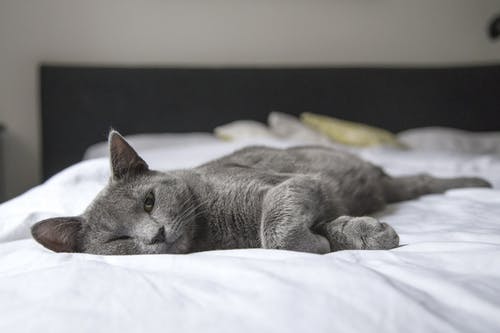Your pet may require surgery at some point in its life. While the thought of having your precious pet operated on may be frightening, understanding the facts concerning pet surgery can help alleviate your anxiety regarding this area of pet health care. Here are some of the most common surgical procedures that require anesthesia in pets.
In what situations is anesthesia necessary?
Anesthesia is a medication that impacts the neurological system and causes an unconscious condition where a veterinary professional can perform surgery. Anesthesia is utilized for various medical procedures such as oral treatments, spay and neuter, and skin mass removal to prevent discomfort and anxiety in the patient. General anesthesia is commonly utilized to keep a pet from moving and sensing pain throughout surgery.
It is administered by IV or as a breathing gas. Your veterinarian is highly trained in anesthetic and will take every measure to make sure that your pet wakes up safely. To ensure your pet’s safety during surgical operations, consult your veterinarian before looking for a comprehensive animal clinic that offers anesthetic services.
Dental Treatments
Regular oral examinations are required for pets to preserve good dental health. Despite having great dental hygiene and frequent cleanings, your pet’s teeth may need to be extracted as they age. If your pet requires dental surgery in Union City or cleaning, veterinarians recommend an anesthetic to enable complete access to the teeth, gums, and oral tissues. Anesthesia makes it possible to perform oral operations on your pet with less stress and discomfort.
Spay and Neuter
The most common pet surgeries for felines and canines that require anesthesia are spaying and neutering. Many veterinarians offer spay and neuter treatments as part of your pet’s preventative health care. Not only does it remove the possibility of unwanted pregnancy, but it also removes the threat of a wide range of cancers and other health problems for pets. For your pet’s preventative care, search for “spay and neuter near me” online to find a variety of veterinary facilities that provide this service.
Mass Removal
All tumorous growths must be examined by a veterinary expert, no matter how small. Your pet’s veterinarian will determine the reason for the mass extraction and will use advanced diagnostic methods to discuss your treatment choices with you. In many cases, mass removals for pets are performed under general anesthesia, which allows vets to remove the entire affected area quickly and painlessly.
Wound Repair
The laceration will require surgery if it is enormous, deep, or infected. Local anesthetics, which only impact the area of the wound, can sometimes be used to patch minor cuts. However, a general anesthetic is often needed for comprehensive cleaning and evaluation of lacerations. This helps keep the area immobilized, minimizing the animal’s tension and discomfort.
Final Thoughts
Putting your animal companion under anesthesia is not a reason to be afraid or apprehensive about performing a required or even helpful surgery on them. Regarding your pet’s primary care, you can count on your vet to be an expert in the field. Some unusual pets might be at greater risk, but for the most part, veterinarians are on hand to help. Anesthesia is a safe way to deal with health problems in pets. Before scheduling treatment or surgical procedures, your vet will disclose any risks to ensure you and your pet have a positive experience.





